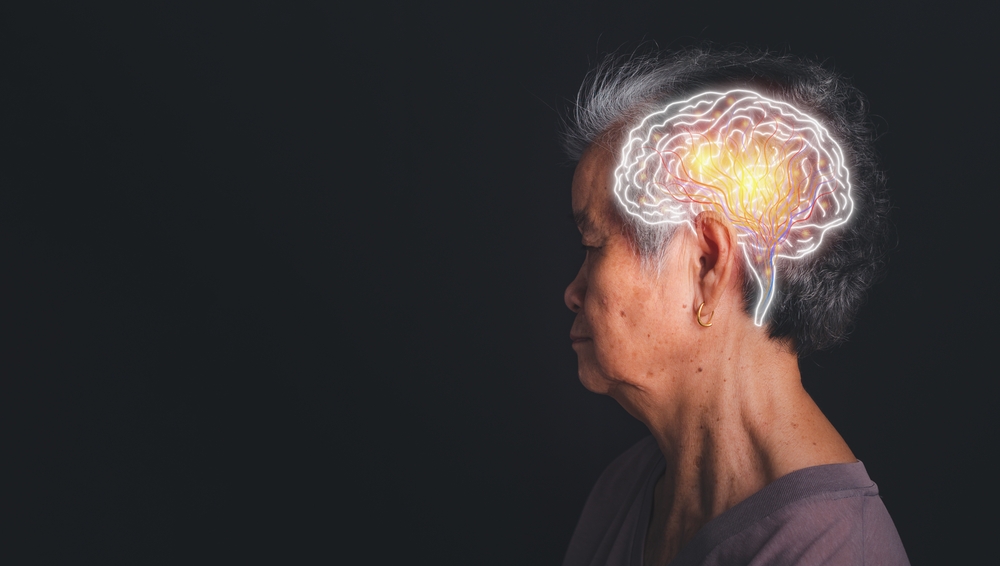Recovering from a traumatic brain injury (TBI) can be a long and complex journey. However, new advancements are offering hope and enhancement of patient outcomes. One of the most promising innovations in this field is Vagus Nerve Stimulation (VNS) for TBI recovery. This therapy, which uses a specialized Vagus Nerve Stimulation device, is changing how we approach rehabilitation by helping the brain heal and form new connections. It represents a significant step forward in traumatic brain injury care, offering a new tool to aid patients in regaining motor function and improving their overall quality of life. Reach out today to learn more about how we can help you enhance your golden years.
Understanding Vagus Nerve Stimulation and TBI
A traumatic brain injury occurs when an external force injures the brain, disrupting its normal function. Recovery often involves intensive rehabilitation to help the brain relearn lost skills. VNS therapy works alongside this rehabilitation to accelerate progress.
What is the vagus nerve?
The vagus nerve is the longest cranial nerve, running from the brainstem down to the abdomen. It plays a crucial role in regulating many bodily functions, including heart rate, digestion, and even mood. Importantly, it acts as a two-way communication highway between the brain and the body. By stimulating this nerve, we can influence brain activity and promote neuroplasticity—the brain’s ability to reorganize itself by forming new neural connections.
How Does VNS Therapy Work for TBI?
VNS therapy involves implanting a small device, similar to a pacemaker, under the skin in the chest. This device sends mild electrical pulses to the vagus nerve in the neck. When used for TBI recovery, these pulses are precisely timed to occur during specific rehabilitation exercises.
The process typically works like this:
- Paired Stimulation: As a patient attempts a specific movement, like gripping an object, the therapist triggers the VNS device.
- Neurotransmitter Release: The stimulation of the vagus nerve causes the brain to release key neuromodulators, such as acetylcholine and norepinephrine.
- Strengthening Connections: These chemicals help strengthen the neural pathways associated with the movement being practiced, essentially telling the brain, “This is important. Pay attention and remember this.”
By pairing stimulation with rehabilitation, VNS helps make therapy sessions more effective, encouraging the brain to rewire itself more efficiently.
The Benefits of Vagus Nerve Stimulation (VNS) for TBI Recovery
Clinical studies and patient outcomes have highlighted several key benefits of incorporating VNS into care management for TBI. The primary advantage is the enhancement of motor function, but the positive effects can be more widespread.
Improved Motor Function
The most significant benefit observed in patients undergoing VNS therapy is the improvement in upper limb and hand function. Many TBI survivors struggle with weakness or paralysis on one side of the body, making daily tasks difficult. VNS paired with rehabilitation has been shown to lead to meaningful improvements in arm and hand mobility, allowing individuals to regain independence in activities like eating, dressing, and writing.
Accelerating Rehabilitation
TBI rehabilitation can be a slow process, often leading to frustration and plateaus in progress. VNS can help patients break through these plateaus by boosting the brain’s ability to learn. This acceleration can make the rehabilitation process more engaging and rewarding, providing positive reinforcement that encourages patients to continue with their therapy. The goal is to maximize the gains made during the critical recovery window.
Potential for Broader Applications
While current research has largely focused on motor recovery, the vagus nerve’s influence on mood and cognitive function suggests potential for broader applications. Future research may explore how VNS can help with other common TBI symptoms, such as cognitive deficits, depression, and anxiety, further expanding its role in comprehensive traumatic brain injury care.
What to Expect from VNS Therapy
The journey with a Vagus Nerve Stimulation device begins with a thorough evaluation to determine if a patient is a suitable candidate. The ideal candidate is typically someone who has a moderate to severe upper limb deficit following a TBI and is motivated to participate in intensive rehabilitation.
The Implantation Procedure
The device is implanted during a minor, outpatient surgical procedure. A neurosurgeon places the small pulse generator under the skin in the chest and attaches a thin, flexible wire to the vagus nerve in the neck. The procedure is generally low-risk, and patients usually return home the same day.
The Rehabilitation Process
About two weeks after implantation, the device is activated, and the paired rehabilitation therapy begins. Therapy sessions are typically conducted with a trained occupational or physical therapist. During these sessions, the therapist uses a magnet to signal the device to deliver stimulation at the exact moment the patient performs a therapeutic task. These sessions are intensive and require active participation from the patient to achieve the best results. Effective care management for TBI ensures this therapy is integrated smoothly into the patient’s overall recovery plan.
Is VNS Right for You or a Loved One?
Vagus Nerve Stimulation (VNS) for TBI recovery is a powerful therapy that offers new hope for individuals looking to enhance their recovery and regain function. By amplifying the effects of traditional rehabilitation, VNS helps the brain heal in a more targeted and efficient way. If you or a loved one is navigating the challenges of TBI recovery and has experienced limited improvement in motor function, VNS therapy may be a viable option to explore.
Discussing this innovative treatment with your healthcare team is the best first step. They can evaluate your specific situation and determine if you are a candidate for this life-changing therapy. Taking an active role in exploring advanced treatment options is key to achieving the best possible outcome on the road to recovery. If you or a loved one is a TBI survivor, exploring the NHTD program could be the key to unlocking a better future. Feel free to call HouseCalls Home Care at 718-922-9200 if you or a loved one requires compassionate and competent home care services. You can also send an email to us at info@HouseCallshc.org for more information. Our goal is to help you find the best support for your needs. Alternatively, you can register your information here https://yuz88hfiyh7.typeform.com/to/E5thuv5G?typeform-source=statics.teams.cdn.office.net, and we will get back to you.




